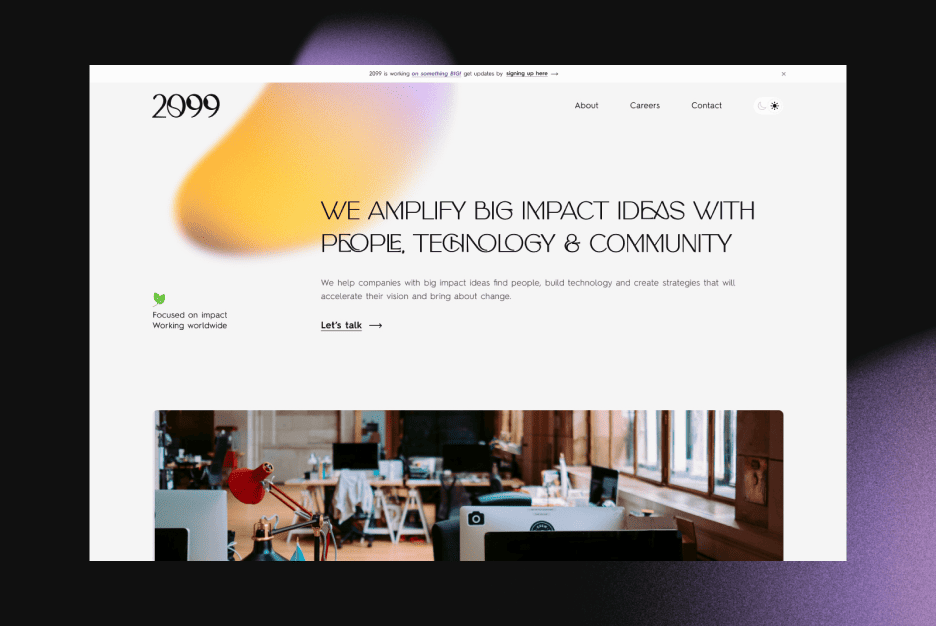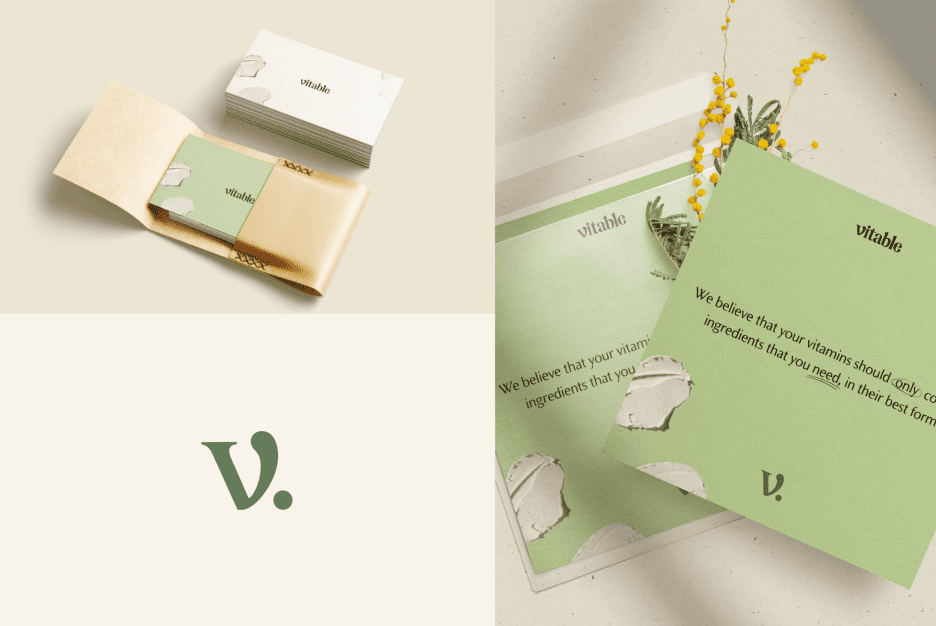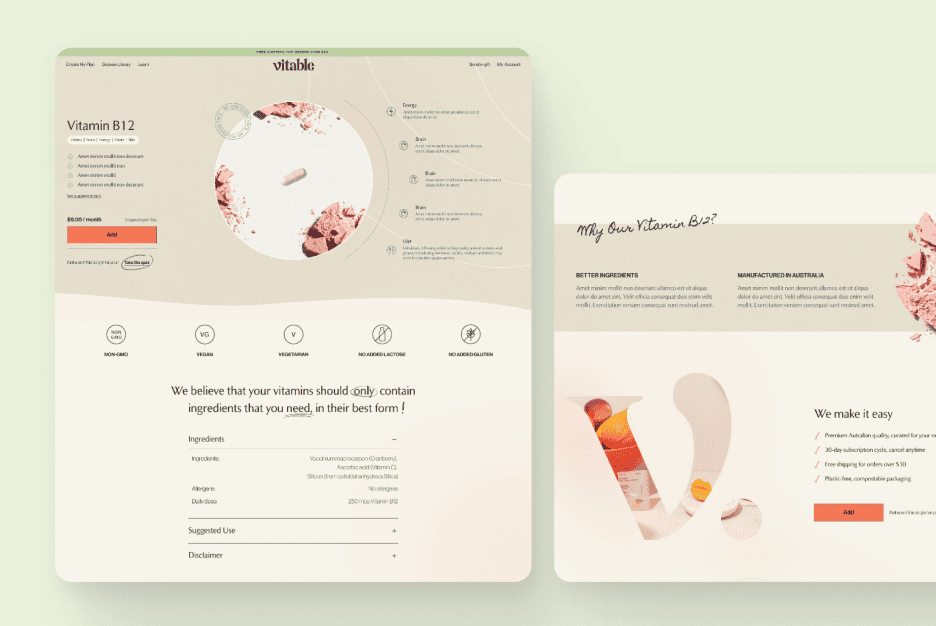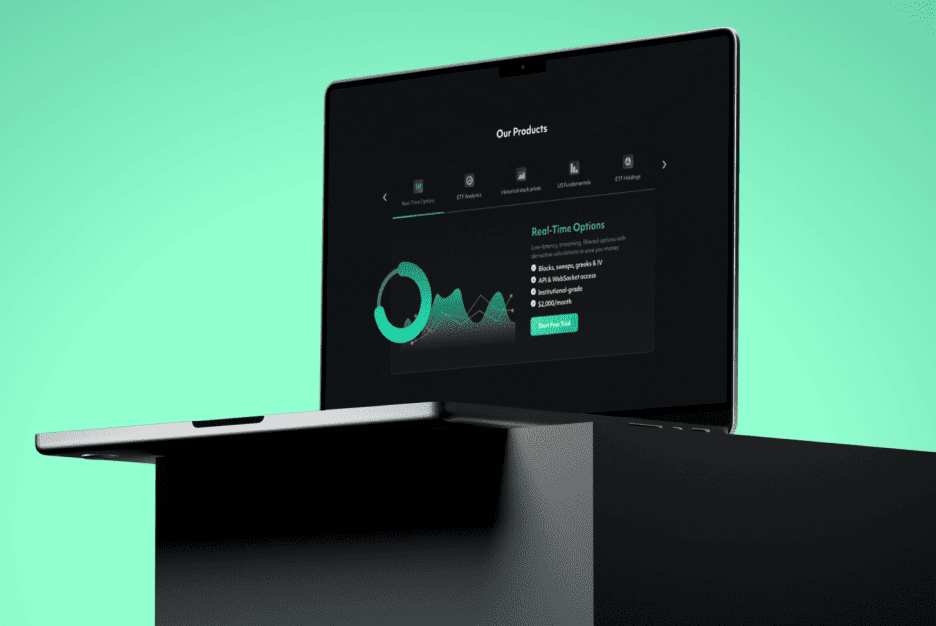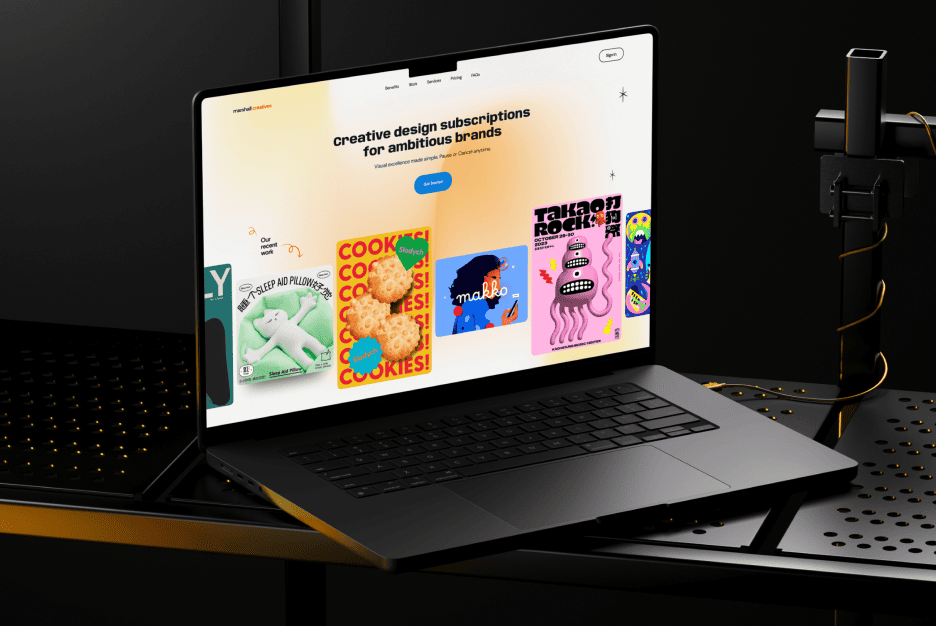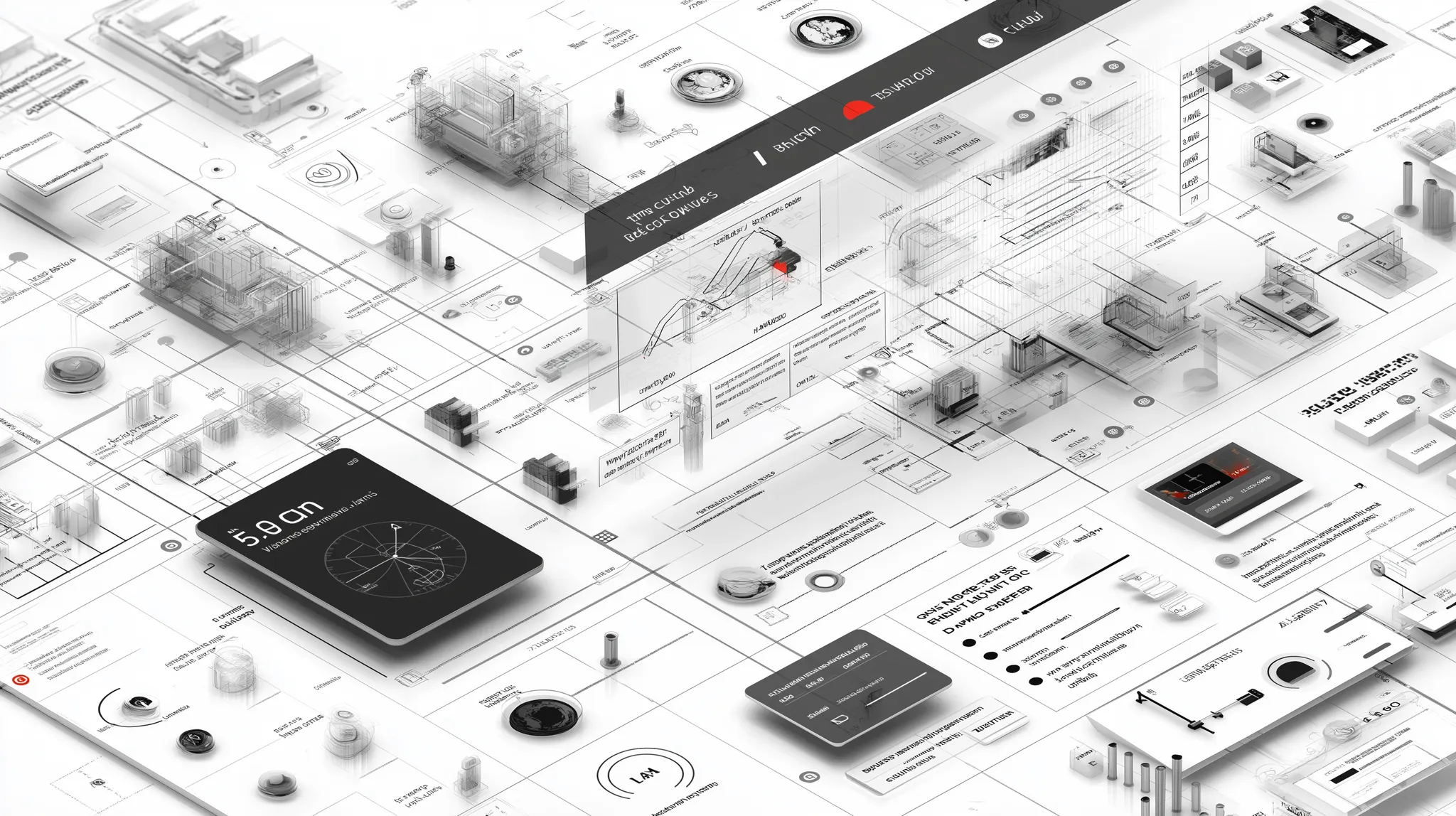When it comes to digital products, most people only think about pretty buttons or slick visuals. But behind all that shiny stuff lies a whole engine — the architecture of a design system. It’s what keeps interfaces neat, predictable, and still alive. Without it, a product can quickly turn into a chaotic mess where every element follows its own rules.
Dig a little deeper, and it’s obvious: a solid design system structure saves nerves, money, and a ton of time. Plus, it makes teams work better together since everyone follows the same playbook instead of arguing over button sizes or which shade of gray to use.
What is Design System Architecture
Basically, it’s the internal skeleton that holds the entire interface together. It sets standards, rules, and relationships between components so everything works in harmony.
Think of it like a city: roads, traffic lights, bus routes. Without them, chaos reigns. The same goes for digital products. Architecture provides order and predictability, so designers and developers stop wasting hours guessing what should go where.
Why Companies Need Design System Architecture
For businesses, it’s a no-brainer: new features roll out faster, errors drop, and users get a consistent experience. People love interfaces that behave predictably without needing to figure everything out from scratch.
Plus, a well-structured system helps the brand feel cohesive. Even if hundreds of people work on the product, it will still look like one designer with a clear vision made it.
What Forms the Foundation of a Design System Architecture
The foundation isn’t just buttons and icons. It’s a set of building blocks: typography rules, spacing, grids, and core components.
To keep things organized, teams often make a priority list:
- Core UI components (buttons, input fields, links)
- Rules for spacing, grids, and alignment
- Sets of fonts and Color Schemes for different use cases
A strong foundation makes the system resilient and easy to expand.
Principles of Organizing Components and Patterns
The trick is balance: too strict, and creativity dies; too loose, and chaos takes over. Components and patterns should be modular but follow a clear logic.
Micro-UX deserves special attention — tiny details like animations, hints, and transitions. These little touches make the product feel human and friendly.
The Role of Tokens in Building a Flexible Architecture
Design tokens are like universal variables for colors, sizes, and other properties. Change a token, and the entire product updates automatically.
Think of it as a switch: want to move toward Eco-Friendly Design with softer tones? Adjust a few tokens, and the interface instantly breathes differently. Tokens save time and make scaling the system painless.
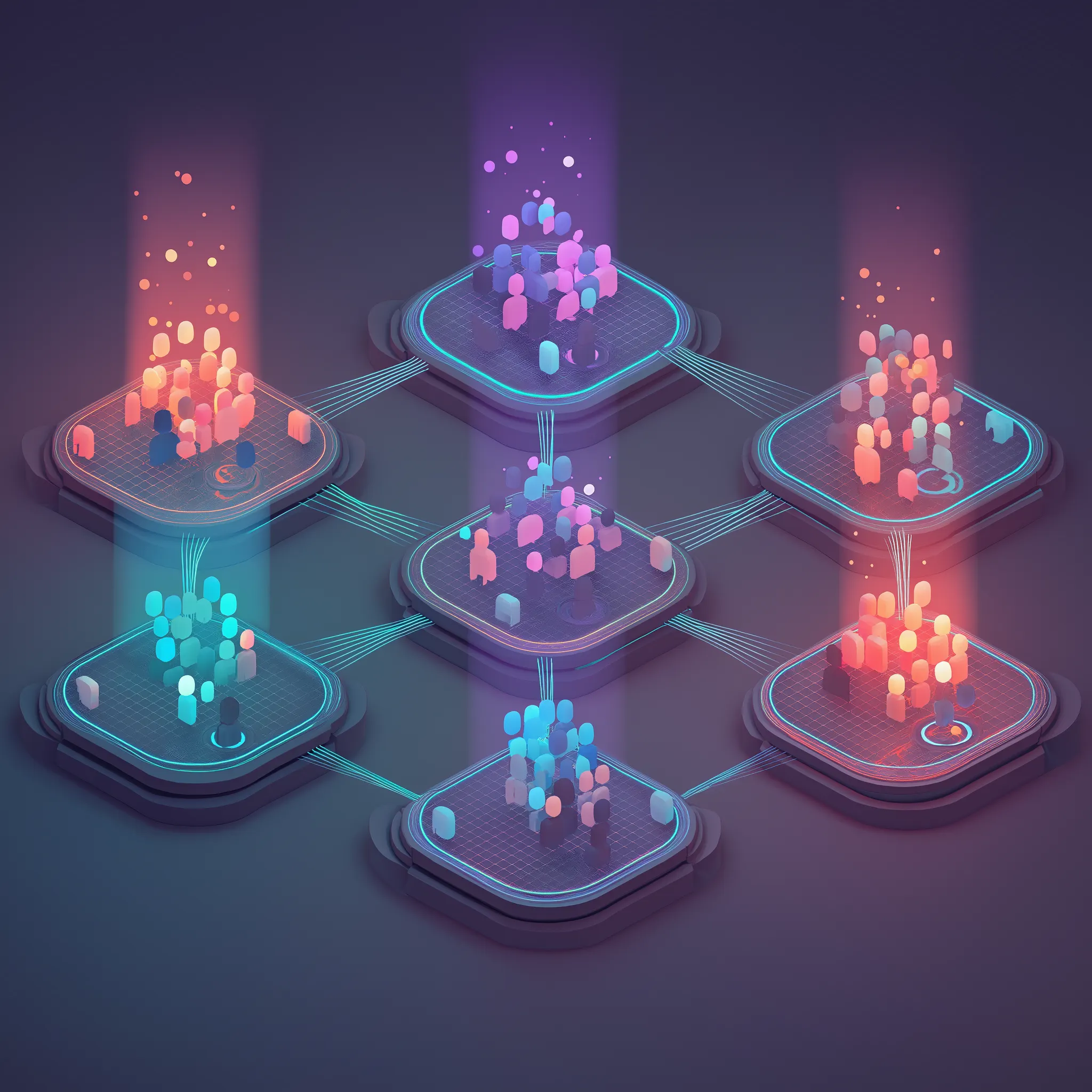
How to Scale a Design System Without Chaos
Expanding a system means avoiding a flood of duplicate or unnecessary components. Clear rules, documentation, and people responsible for maintaining order are key.
A simple rule: build only what’s truly needed. Don’t create ten nearly identical buttons for a fleeting idea.
Tools That Help Manage Design System Architecture
There are plenty of tools today that make life easier: Figma, Storybook, Zeroheight, and others. They help teams stay in sync and keep documentation up-to-date.
Integration matters too: systems should connect with development and analytics workflows. This helps track User Behavior and adjust interfaces based on real-world scenarios.
Common Mistakes in Design System Architecture and How to Avoid Them
The most common mistake is trying to build a perfect system all at once. The result? A bulky monster no one wants to use.
Another issue is the lack of ownership. Without someone responsible for the system, it quickly becomes outdated. Assign curators and hold regular reviews to keep things on track.
Examples of Successful Design System Architectures in Famous Products
Google’s Material Design showed the world how standardization can help hundreds of products share a single style. Airbnb went further, adding its own rules to make interfaces super user-friendly.
Even giants like IBM with Carbon proved that architecture can unify multiple products into one ecosystem while remaining flexible.
The Future of Design System Architecture and Emerging Trends
In the coming years, personalization and automation will take center stage. AI is already picking Color Schemes based on user mood or analyzing behavior to fine-tune interfaces.
Eco-Friendly Design is also gaining traction — building solutions that are not only user-friendly but resource-conscious. The future looks exciting, and design system architecture is set to become smarter and more predictive than ever
